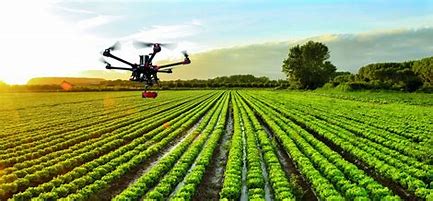This is what new projections from federal government indicate, despite global prospects
06/27/2022

Although the long-term prospects for the Brazilian agribusiness continue to be the most promising, the current global economic situation, marked by interest rate increases and inflationary escalation in several countries — and amid the Russian invasion of Ukraine — tends to make the path for the growth of production and exports of agricultural products and animal proteins in the country a little more turbulent, at least for the next few years.
“In the second half of this year, we will still see commodity prices rise amid high costs. But we are slipping into an economic slowdown that could lead to a recession in the United States, Europe, and other countries. By 2023, I see destruction of demand and falling prices”, said economist José Roberto Mendonça de Barros, partner at MB Associados, in an event promoted by the Brazilian Center for International Relations (CEBRI) and by Insper Agro Global.
Once this difficult period is over, the tendency for the Brazilian agribusiness is to resume a stronger and more stable pace of expansion, because many specialists, including foreigners, believe the country is the one that is most capable of expanding the offer of food in a scenario of global population growth and of the evolution of part of this population to a menu with products of higher added value.
The Ministry of Agriculture has reviewed its projections for the sector over the next decade, as it regularly does, and projected that Brazil’s grain harvest, for example, will increase 25.4% by the 2031/32 harvest, to 338.9 million tonnes — for this 2021/22 cycle, the figures indicate 270.2 million tonnes.
Obviously, forecasts of this type do not consider possible shortfalls caused by climatic problems, but contemplate prospects for planted area and productivity, calculated on the basis of recent history and ongoing investments and technological transformations. For the area planted with grains, the ministry projects an increase of 19.5% until 2031/32, to 87.7 million tonnes — thanks mainly to the conversion of degraded pastures into crops. The difference between the percentages of increase in volume and area is explained by productivity.
A growth of almost 70 million tonnes is expected in the country’s annual grain harvest in the next decade for meat production in general, and the ministry estimates an increase of 6.8 million tonnes. In the 2031/32 season, there will be 35.4 million tonnes, compared to the 28.6 million tonnes estimated for 2021/22. And if in grains the advance will be driven by cotton lint (36%) and soy (32.3%), in meat, the highlights may be chicken (27.8%) and pork (24.2%).
The scenario outlined also highlights that Brazil will maintain its domain in the production and export of products such as coffee, sugar and orange juice, and foresees a new production level for some of the fresh fruits it most exports. In the case of melons, for example, the expectation is for a 29.8% growth in production until 2031/32; in the case of grapes, 27.6%.
*By Fernando Lopes — São Paulo
Source: Valor International
